Stuff
I was glad to learn that Ken Cook signed up for the San Diego IPT with the Dancing Grebes Add-on Morning. This blog post took a bit more than three hours to prepare.
As I mentioned in the last blog post, I am blessed in countless ways by friends old and new. Next is a lovely e-mail that I received Wednesday morning from multiple IPT veteran Jim Dolgin whose spoonbill sunrise image was featured recently in the And Sometimes Everything Falls Into Place Miraculously … blog post here.
Artie,
I’m glad you’re feeling better. It just takes a bit of time. Especially since you were so active within a week of the repair.
I want to thank you for such a wonderful experience at Gatorland this past weekend. I absolutely learned “a ton”. You clearly went above and beyond in offering the excursion to the Black Point Drive. It was one of those magical experiences for me. Driving to the office this morning, scratching the insect bites that occurred that morning, brought a smile to my face reliving that gorgeous sun rise. You have a unique and gentle way of teaching and encouraging your students to produce their best images. I clearly still have so much to learn, but your sharing your vision and insight was a real gift.
I’m sure we’ll share another IPT in the future, hopefully in some far off land with unique species. Im glad you have a few weeks to rest and recharge before your world travels.
All the best, Jim Dolgin
From the Daily Word
Friendship/MY FRIENDS ARE THE FAMILY I CHOOSE
I have a family, linked by genetics, whom I love. I also have another family—the family of friends that fill my life with beauty and joy.I cherish this chosen family as much as the one I grew up with. Being included in a family circle of friendship is an honor. I have a support group to rejoice with during happy times and to lift me up in challenging times. I know that to have a friend I must first be a friend, so I make an effort to be that person someone can turn to in times of joy or sorrow. I share my loving spirit with others. I am with my friends to hold a hand in comfort or to give a hug in celebration. I am linked with friends in a spirit of love and support. My friends are the family I choose.
Why 600mm for Bird Photography?
The latest iterations of both the Canon and the Nikon 600mm f/4 lenses are the deadliest of weapons for bird photographers who are able to manage the weight and the expense. I used and use my 600 lenses alone and often with either the 1.4X or 2X teleconverters. And I am looking forward to adding the TC-E 17 — the Nikon 1.7X teleconverter — to my kit soon. Please remember that the size of the bird in the frame is a factor of the square of the focal length.
Teleconverter Strategies in the Field
If you are reluctant to add or remove teleconverters in the field out of concern for either sensor dust or damage, you are not anywhere near maximizing the full potential of your gear. Most of the time I wear a fanny pack that holds my TCs. Here are some tips for adding or removing TCs in the field:
Selling Your Used Photo Gear Through BIRDS AS ART
Selling your used (or like-new) photo gear through the BAA Blog is a great idea. We charge only a 5% commission. One of the more popular used gear for sale sites charged a minimum of 20%. Plus assorted fees! Yikes. They went out of business. And e-Bay fees are now up to 13%. The minimum item price here is $500 (or less for a $25 fee). If you are interested please scroll down here or shoot us an e-mail with the words Items for Sale Info Request cut and pasted into the Subject line :). Stuff that is priced fairly — I offer pricing advice to those who agree to the terms — usually sells in no time flat. Over the past year, we have sold many dozens of items. Do know that prices on some items like the EOS-1D Mark IV, the old Canon 100-400, the old 500mm, the EOS-7D and 7D Mark II and the original 400mm DO lens have been dropping steadily. You can always see the current listings by clicking on the Used Photo Gear tab on the orange-yellow menu bar near the top of each blog post page.
Recent Sales
Recent sales on the Used Gear Page have been red hot for months. Here are the most recent transactions:
- Ron Gates sold his Canon 500mm f/4 L IS lens (the original version) in near-mint condition for $3599.00 in late April.
- David Ramirez sold a Canon EF 16-35mm f/2.8L II USM in excellent plus condition for the BAA record low price of $796.00 soon after it was listed in mid-April.
- Gary Meyer sold a Canon EOS 5D Mark IV dSLR in mint condition for the very low price of $2599, a Canon EF 100-400 IS-II USM Zoom Lens in mint condition for 1699.00, a Canon EF 1.4X III Extender (teleconverter) for a very low $299, and a Canon EF 17-40mm f/4L USM lens in mint condition for the BAA record-low price of $349.00, all on the first day they were listed in mid-Arpil.
- Muhammad Arif sold a Canon 300mm f/4L IS USM lens in near-mint condition for $719 in mid-March.
- I sold Anita North’s 1DX Mark II in excellent plus condition with extras and 247,000 shutter actuations for $3399 on April 21, 2018 before it was even listed. (Anita is way trigger-happy but the 1DX II shutter is rated to 800,000 actuations.)
- BPN Avian Moderator Arash Hazeghi sold his Canon 580EXII Speedlight in excellent condition for $230 in early April.
- Top pro Jim Zuckerman sold an original PocketWizard MultiMax Transceiver in near-mint condition for $30.00 in early April.
- In early April Carl Albro is sold his well-used Canon EOS-5D Mark III and a the BG-E11 battery grip both in good condition and excellent working order for the mega-bargain price of $499 as there was corrosion on the bottom of the camera body and the top of the battery grip.
- Jeff Guettinger sold his Canon 300mm f/2.8L IS (the original version) in mint condition to a local camera store for $2000 in mid- April for $2,000 and sent me a check for 2.5% of the original asking price, $2699.
- Top BAA Used Gear page seller Jim Keener sold his Canon EF 100-400mm f/4.5-5.6L IS II USM lens in like-new condition for the BIRDS AS ART record-low price of $1598, and a Fujifilm Two-lens package (23mm f/2 R WR and XF 50mm f/2 R WR) for the giving-it-away price of $398.00.
- In early April, Mike Lawie decided to give his Tamron SP 15-30mm f/2.8 Di VC USD lens for Canon EF to his daughter and kindly sent mea check for 2 1/2% of the original asking price of $699. He turned down an offer of $500.
- James Lewis sold his Canon EF 70-200mm f/2.8L IS II USM lens in excellent plus condition for $1,199.00, his used Canon EOS 5D Mark II & an EF 40 mm f2.8 STM lens, both in excellent plus condition, for $749.00, his Canon EOS 7D Mark II with a BG-E-16 Battery Grip, both in both in excellent plus condition, for $797.00, and his Canon EF 16-35mm f/2.8 L II USM lens in excellent plus condition for only $799.00, all within days of listing.
- Anita North sold her Canon 400m f/4L DO Lens in like new condition for $5999 in early April before it was even listed.
Canon EF 600mm f/4L IS II USM Lens
BAA Record-Low, Shock-the-world Price Reduced $395!
Greg Morris is offering a barely used EF 600mm f/4L IS II USM lens in mint to like-new condition with extras for the BAA record low price of $8,999.00 (was $9394.00). The sale includes the LensCoat that has protected this lens since day one, a RRS stuff foot (installed), the original foot, the lens trunk, the original box and everything that came in it: front cover, rear cap, manuals, & the rest, and insured ground shipping via major courier to US addresses only. Your item will not ship until your personal of certified check clears unless other arrangements are made.
Please contact Greg via e-mail or by phone at 1-580-678-5929 (Central time).
WMD: Weapon of Mass Destruction!
The 600 II is the state of the art super-telephoto for birds, nature, wildlife, and sports. When I could get it to my location, it was my go-to weapon. It is fast and sharp and deadly alone or with either TC. With a new one going for $11,499, you can save a cool $2,500.00 by grabbing Greg’s might-as-well-be-new lens right now. artie
Nikon AF-S Nikkor 300mm f/4D IF-ED lens and a Nikon TC-14E II 1.4x Teleconverter
Price Reduced $100 on May 2, 2018
Jean-Guy Gallant is offering a Nikon AF-S Nikkor 300mm f/4D IF-ED lens and a Nikon TC-14E II 1.4x Teleconverter (for D-AF-S & AF-I lenses only), both in excellent condition, for the extremely low price of $699.00 (was 799.00). The sale includes the front and rear lens caps, the front and rear TC-14II caps, and the original product box for the TCE only. The sale also includes insured ground shipping via major courier to US and Canadian addresses. Your items will not ship until your check clears.
Please contact Jean-Guy via e-mail.
The lens alone goes for $1349.00 new. I was surprised to learn that that the Nikon 300 f/4 focuses closer than the Canon 300mm f/4 (4.76 feet as compared to 4.93 feet). The magnification with the Nikon 300 f/4 is .27X (as compared to .24X for the Canon) makes both lenses ideal not only for birds and birds in flight, but for a great variety of small subjects such as dragonflies and butterflies, frogs and toads, and medium sized and large flowers. IPT veteran Krishna Prasad, my Nikon guru, loves this lens for birds with both the TC-E14 and the TC-E17. artie
BIRDS AS ART
BIRDS AS ART is registered in the U.S. Patent and Trademark Office.
Money Saving Reminder
If you need a hot photo item that is out of stock at B&H, would enjoy free overnight shipping, and would like a $50 discount on your first purchase, click here to order and enter the coupon code BIRDSASART at checkout. If you are looking to strike a deal on Canon or Nikon gear (including the big telephotos) or on a multiple item order, contact Steve Elkins via e-mail or on his cell at (479) 381-2592 (Eastern time) and be sure to mention your BIRDSASART coupon code and use it for your online order. Patrick Sparkman saved $350 on a recent purchase!


Booking.Com
Several folks on the DeSoto IPT used the Booking.Com link below, got great rates, and saved a handsome $25.00 in the process. If you too would like to give Booking.Com a shot, click here and to earn a $25 reward on your first booking. Thanks to the many who have already tried and used this great service.
Gear Questions and Advice
Too many folks attending BAA IPTs and dozens of photographers whom I see in the field and on BPN, are–out of ignorance–using the wrong gear especially when it comes to tripods and more especially, tripod heads… Please know that I am always glad to answer your gear questions via e-mail. Those questions might deal with systems, camera bodies, accessories, and/or lens choices and decisions.
|
|
The Nikon AF Fine-tune e-GuidePlease click here to purchase. |
The Nikon AF Fine-tune e-Guide: $30.00 (or free — see below for details on that).
by Arthur Morris/BIRDS AS ART and Patrick Sparkman
There is lots of misinformation out there on the Nikon Automatic AF Fine-tune feature. Much of that involves vast over-simplifications. Patrick Sparkman and I developed a way of using the Automatic Fine-tune feature effectively with the D5, D500, the D7500, and the D850. Patrick, however, was on a roll and perfected a method for using the Focus Peaking feature available only on the D850 to quickly and accurately micro-adjust all lenses and TC-Es with your D-850. If you own a D850 you should be using D850 Focus Peaking AF Fine-tune rather than Nikon Automatic AF Fine-tune. It is faster and easier and more accurate. While there is some halfway decent info online with regards to Nikon Automatic Fine-tune feature, I have never seen a word about using the amazing D850 Focus Peaking capabilities to determine an accurate AF Fine-tune value. You can thank Patrick Sparkman for rectifying that situation.
With both Nikon Automatic AF Fine-tune and D850 Focus Peaking AF Fine-tune, the use of a LensAlign Mark II unit is recommended as best by far for accurate results and thus, this guide is written reflecting that. Taping a sheet of newsprint on a wall or using the FoCal kit does not assure you of the True Parallel Alignment (TPA) that is guaranteed when you set up your LensAlign properly. Without TPA your results will be off anywhere from a little to a lot. You can purchase the LensAlign Mark II alone here. Or you can purchase the LensAlign/FocusTune combo here. If you do not own either of those we suggest that you decide which to purchase after reading this guide through once. That said, we recommend the LensAlign/FocusTune combo for reasons that will become obvious as you make your way though the guide.
Do understand that much of the set-up information included in the Nikon AF Fine-tune e-Guide is by necessity a duplication of information included in The LensAlign/FocusTune Micro-Adjusting Tutorial e-Guide.
Please click here to purchase.
If you have spent $2,000+ on Nikon gear (correctly) using my affiliate links, shoot me a copy of your receipt via e-mail so that I can send you your free PDF.
Thanks to the Patient Ones …
Lately, I have gotten more than a bit behind on e-mails; many thanks for your patience. I should be completely caught up soon.
BIRDS AS ART
BIRDS AS ART is registered in the U.S. Patent and Trademark Office.
Money Saving Reminder
If you need a hot photo item that is out of stock at B&H, would enjoy free overnight shipping, and would like a $50 discount on your first purchase, click here to order and enter the coupon code BIRDSASART at checkout. If you are looking to strike a deal on Canon or Nikon gear (including the big telephotos) or on a multiple item order, contact Steve Elkins via e-mail or on his cell at (479) 381-2592 (Eastern time) and be sure to mention your BIRDSASART coupon code and use it for your online order. Patrick Sparkman saved $350 on a recent purchase!


Booking.Com
Several folks on the DeSoto IPT used the Booking.Com link below, got great rates, and saved a handsome $25.00 in the process. If you too would like to give Booking.Com a shot, click here and to earn a $25 reward on your first booking. Thanks to the many who have already tried and used this great service.
Gear Questions and Advice
Too many folks attending BAA IPTs and dozens of photographers whom I see in the field and on BPN, are–out of ignorance–using the wrong gear especially when it comes to tripods and more especially, tripod heads… Please know that I am always glad to answer your gear questions via e-mail. Those questions might deal with systems, camera bodies, accessories, and/or lens choices and decisions.
|
|
|
This image was created at the East Pond at Jamaica Bay Wildlife Refuge on October 3, 2017. I used the Induro GIT 304L/Mongoose M3.6-mounted Canon EF 600mm f/4L IS II USM lens, the Canon Extender EF 1.4X III, and the Canon EOS 5D Mark IV DSLR Camera with Free Battery Grip. ISO 800. Evaluative metering +1/3 stop: 1/1600 sec. at f/7.1 in Manual mode. AWB at 4:47pm in slightly overcast conditions. Center/Expand/Shutter Button/AI Servo (Continuous in Nikon) AF was active at the moment of exposure. The selected AF point was side of the bird’s upper breast right on the on the same plane as its eye. AF micro-adjustment: +2. Image #1: first winter Dunlin |
Dunlin Structure
Dunlin are medium-sized sandpipers with fairly long decurved bills and medium-length legs that are well longer than the legs of the common North American peeps like Semipalmated and Least. This enables Dunlin to feed in deeper water than the short-legged, shorter billed leasts and semis. Westerns with their longer bills (that are also decurved as with Dunlin) and their slightly longer legs are able to feed in water deeper than Semis (or leasts). The latter species most commonly frequents damp or wet grassy flats.
There are many races of Dunlin worldwide. Many exhibit bills of varying lengths and shapes.As with most shorebird species the longest billed females are always separable from the shorter billed males. There is of course, lots of overlap.
Shorebirds; Beautiful Beachcombers
To learn more about shorebirds pick up a copy of my Shorebirds; Beautiful Beachcombers. Written for naturalists and birders, the text tells you everything you’ve always wanted to know about North America’s sandpipers, godwits, yellowlegs, phalaropes, plovers, avocets, stilts, and oystercatchers. Topics covered include identification and aging, shorebird behavior, their incredible migrations, feeding and diet, mating and breeding strategies, eggs, nests, and young, conservation efforts, and shorebirding tips. Also included are approximately 50 species accounts covering all of the regularly occurring North American shorebird species. With 70 of Arthur’s images and 26 more by some of the world’s best nature photographers, this book contains the finest collection of shorebird photographs ever published in a single volume.
|
|
|
This image was created at the East Pond at Jamaica Bay Wildlife Refuge on October 3, 2017. I used the Induro GIT 304L/Mongoose M3.6-mounted Canon EF 600mm f/4L IS II USM lens, the Canon Extender EF 2X III, and the Canon EOS 5D Mark IV DSLR Camera with Free Battery Grip. ISO 800. Evaluative metering +2/3 stop: 1/1250 sec. at f/10 in Manual mode. AWB at 4:20pm in slightly overcast conditions. Center/Expand/Shutter Button/AI Servo (Continuous in Nikon) AF was active at the moment of exposure. The selected AF point was on the side of the bird’s breast just forward of the bend of the wing. With the bird’s head angled a bit toward us, that was right on the on the same plane as the bird’s eye. AF micro-adjustment: -2. Image #2: first winter Dunlin |
First Winter Dunlin
Because most Dunlin winter in North and Central America, the young of the year (as well as the adults), begin molting to winter plumage before beginning their southbound migrations. Thus, it is very rare to see a Dunlin in fresh juvenile plumage even in September when all ages of Dunlin begin heading south from their arctic and sub-arctic breeding grounds. Every relatively fresh young Dunlin that I have ever seen has shown at least a bit of upperparts molt. And most relatively fresh young Dunlin show lots of spotting and streaking on their breasts along with lots of rusty red edgings on the upperparts feathers. As they continue to molt into October most of those edged feathers usually remain. If you take a close look at the enlarged versions of Images #1 and #2, you can see more than a few of the reddish edged feathers. Each of those birds exhibits the saddle of gray feathers that characteristic of first winter plumage in most shorebirds, gulls, and terns.
Aging Quiz?
Of Images #1 and #2 which bird is further along in molt and feather wear?
|
|
Image #2A: DPP 4 Screen Capture for Image #2 |
DPP 4
Though I have become more proficient converting my Nikon RAW (NEF) files in Adobe Camera Raw, I continue to optimize my Canon image in DPP 4. You can learn how and why I converted (and still convert) nearly all of my Canon digital RAW files in DPP 4 in the DPP 4 RAW Conversion Guide here. And, yes, I still have many Canon images to work on. 🙂 The RAW conversions for all three of today’s featured images was straightforward once I entered my camera/ISO specific recipes (as detailed in the DPP 4 RAW Conversion Guide).
|
|
|
This image was created at Fort DeSoto on November 11, 2017. I used the Induro GIT 304L/Mongoose M3.6-mounted Canon EF 600mm f/4L IS II USM lens, the Canon Extender EF 2X III, and the Canon EOS 5D Mark IV DSLR Camera with Free Battery Grip. ISO 800. Evaluative metering +2/3 stop: 1/1250 sec. at f/10 in Manual mode. AWB at 9:51am in slightly overcast conditions. One AF point to the left of the centerAF point/Expand/Shutter Button/AI Servo (Continuous in Nikon) AF was active at the moment of exposure. The selected AF point was on the side of the bird’s upper breast just forward of and on the same plane as the bird’s eye. AF micro-adjustment: -2. Image #3: Moderately worn first winter Dunlin |
Worn First Winter Plumage
Comparing the bird in Image #3 with the birds in #1 and #2 you will note that thought the grey saddle is quite prominent that there is no trace of any of the rusty reddish feather edges; they have all been eliminated by feather wear.
|
|
|
San Diego offers a wealth of very attractive natural history subjects, including and especially the Pacific race of California Brown Pelican. With annual visits spanning more than four decades, I have lots of photographic experience there … Click on the composite to enjoy a larger version. |
2019 San Diego 4 1/2-DAY BIRDS AS ART Instructional Photo-Tour (IPT) SUN JAN 20, 2019 thru and including the morning session on THURS JAN 24: 4 1/2 days: $2099.
(Limit: 10)
Introductory Meet and Greet at 7:00pm on the evening before the IPT begins; SAT JAN 19, 2019.
Please see the Dancing Grebe Morning Add-On Info below
Join me in San Diego to photograph the spectacular breeding plumage Brown Pelicans with their fire-engine red and olive green bill pouches; Brandt’s (nesting with eggs and possibly chicks) and Double-crested Cormorants; breeding plumage Wood and Ring-necked Duck; other duck species possible including Lesser Scaup, Redhead, and Surf Scoter; a variety of gulls including Western, California, and the gorgeous Heermann’s, all in full breeding plumage; shorebirds including Marbled Godwit, Willet, Sanderling and Black-bellied Plover; many others are possible including Least, Western, and Spotted Sandpiper, Whimbrel, Black and Ruddy Turnstone, Semipalmated Plover, and Surfbird; Harbor Seals (depending on the current regulations) and California Sea Lions; and Bird of Paradise flowers. And as you can see by studying the IPT cards, there are some nice bird-scape and landscape opportunities as well. Not to mention a ton of excellent flight photography opportunities and instruction.
Please note: where permitted and on occasion, ducks and gulls will be attracted (or re-located) with offerings of grains and healthy breads.
Learning Exposure, Whether You Like It Or Not
Whether you like it or not, we will be beating the subject of exposure like a dead horse. In every new situation you will hear my thoughts on the exposure situation along with my thoughts on both Nikon and Canon histograms and the subject of blinkies. Whether you like it or not, you will learn to work in manual mode and to get the right exposure every time as long as a bird gives you ten seconds with the light constant.And you will learn what to do when the light is changing constantly. What you learn about exposure will be one of the great take-aways on every IPT.
|
|
|
Though the pelicans will be the stars of the show on this IPT, there will be many other handsome and captivating subjects in wonderful settings. Click on the composite to enjoy a larger version. |
It Ain’t Just Pelicans
With gorgeous subjects just sitting there waiting to have their pictures taken, photographing the pelicans on the cliffs is about as easy as nature photography gets. With the winds from the east almost every morning there is usually some excellent flight photography as well. And the pelicans are almost always doing something interesting: preening, scratching, bill pouch cleaning, or squabbling. And then there are those crazy head throws that are thought to be a form of intra-flock communication. You will be guided as to how to make the best of all of those opportunities. And depending on the weather and local conditions and tides, there are a variety of fabulous photo chances available in and around San Diego.
|
Did I mention that there are wealth of great birds and natural history subjects in San Diego in winter? Click on the composite to enjoy a larger version. |
The San Diego Details
This IPT will include five 3 1/2 hour morning photo sessions, four 2 1/2 hour afternoon photo sessions, four lunches, and after-lunch image review and Photoshop sessions. To ensure early starts, breakfasts will be your responsibility. An so that we can get some sleep, dinners will be on your own.
A $599 non-refundable deposit is required to hold your slot for this IPT. You can send a check (made out to “Arthur Morris) to us at BIRDS AS ART, PO Box 7245, Indian Lake Estates, FL, 3385, or call Jim or Jennifer at the office with a credit card at 863-692-0906. Your balance, payable only by check, will be due on 10/11//2018. If we do not receive your check for the balance on or before the due date we will try to fill your spot from the waiting list. Please print, complete, and sign the form that is linked to here and shoot it to us along with your deposit check. If you register by phone, please print, complete and sign the form as noted above and either mail it to us or e-mail the scan. If you have any questions, please feel free to contact me via e-mail.
|
Variety is surely the spice of life in San Diego. Click on the composite to enjoy a larger version. |
Getting Up Early and Staying Out Late
On all BIRDS AS ART IPTS including and especially the San Diego IPT, we get into the field early to take advantage of unique and often spectacular lighting conditions and we stay out late to maximize the chances of killer light and glorious sunset silhouette situations. We often arrive at the cliffs a full hour before anyone else shows up to check out the land/sea scape opportunities.
|
This image was created in San Diego, CA with the Induro GIT 304L/Mongoose M3.6-mounted Canon EF 500mm f/4L IS II USM lens, the Canon Extender EF 1.4X III, and the simply amazing, astounding, mega mega-pixel Canon EOS 5DS R. ISO 500. Evaluative metering -2/3 stop: 1/2500 sec. at f/6.3 in Av mode. AWB. 61-Point (Automatic selection)/AI Servo/Shutter Button AF as originally framed was active at the moment of exposure (as is always best when photographing moving subjects). Though the optimized image above was a healthy crop from the original the result was a high quality 148+ MB 16-bit file. Click on the image to see a larger version. The AF system selected two AF points, one above the other, between the two birds;the eye of the bird on our right is razor sharp. Clarke’s X Western Grebe courtship rush |
The Dancing Grebe Add-On. FRI JAN 25, 2019: $399.
Those registering for the 2019 San Diego IPT might wish to join me for the Dancing Grebe Add-On Morning as above. Please read the details carefully. You will need to wade at least mid-thigh deep with your tripod over an uneven bottom. Lightweight chest waders are advised. Long lenses are needed; a 100-400 will not cut it at this spot, even with a TC. Chances at this location (easily accessible from the IPT hotel), vary from day to day so there will be no guarantees. But when those grebes dance, it can be an amazing rush. We may also enjoy chances to photograph both species, Western and Clarke’s Grebes, at fairly close range.
Help Support the Blog
Please help support my (stupendous) efforts here on the blog by remembering to click on the logo link above each time that you shop Amazon. That would be greatly appreciated. There is no problem using your Prime account; just click on the link and log into your Prime account. With love, artie
If In Doubt …
If in doubt about using the BAA B&H affiliate link correctly, you can always start your search by clicking here. Please note that the tracking is invisible. Web orders only. Please, however, remember to shoot me your receipt via e-mail.




Please Remember to use my Affiliate Links and to Visit the New BAA Online Store 🙂
To show your appreciation for my continuing efforts here, we ask, as always, that you get in the habit of using my B&H affiliate links on the right side of the blog for all of your photo and electronics purchases. Please check the availability of all photographic accessories in the New BIRDS AS ART Online Store, especially the Mongoose M3.6 tripod head, Wimberley lens plates, Delkin flash cards and accessories, and LensCoat stuff.
As always, we sell only what I have used, have tested, and can depend on. We will not sell you junk. We know what you need to make creating great images easy and fun. And please remember that I am always glad to answer your gear questions via e-mail.
I would of course appreciate your using our B&H affiliate links for all of your major gear, video, and electronic purchases. For the photographic stuff mentioned in the paragraph above, and for everything else in the new store, we, meaning BAA, would of course greatly appreciate your business. Here is a huge thank you to the many who have been using our links on a regular basis and those who will be visiting the New BIRDS AS ART Online Store as well.
Be sure to like and follow BAA on Facebook by clicking on the logo link upper right. Tanks a stack.
Typos
In all blog posts and Bulletins, feel free to e-mail or to leave a comment regarding any typos or errors. Just be right :).

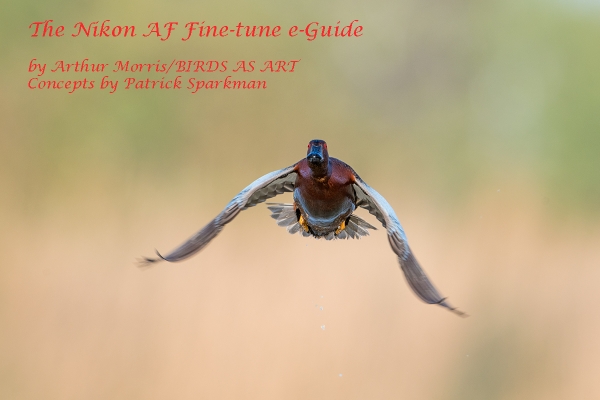
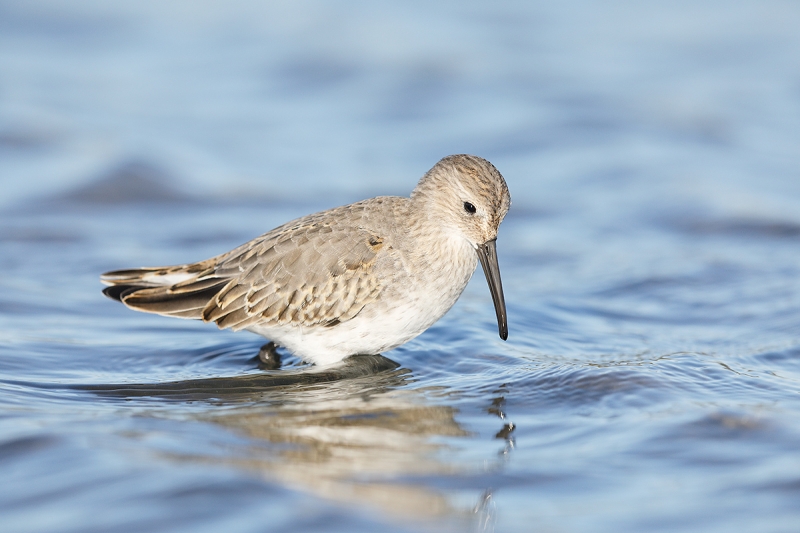
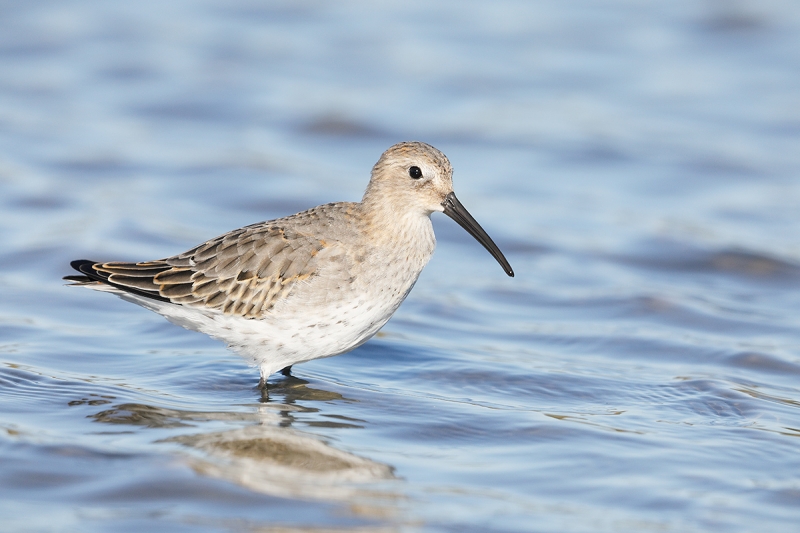
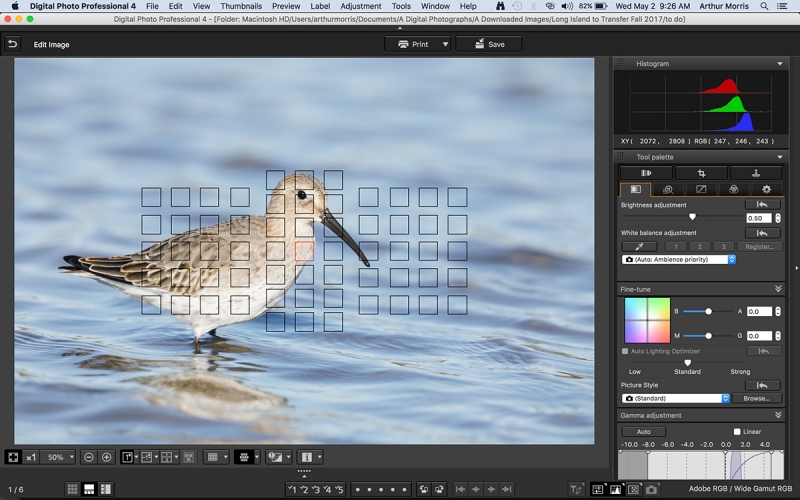
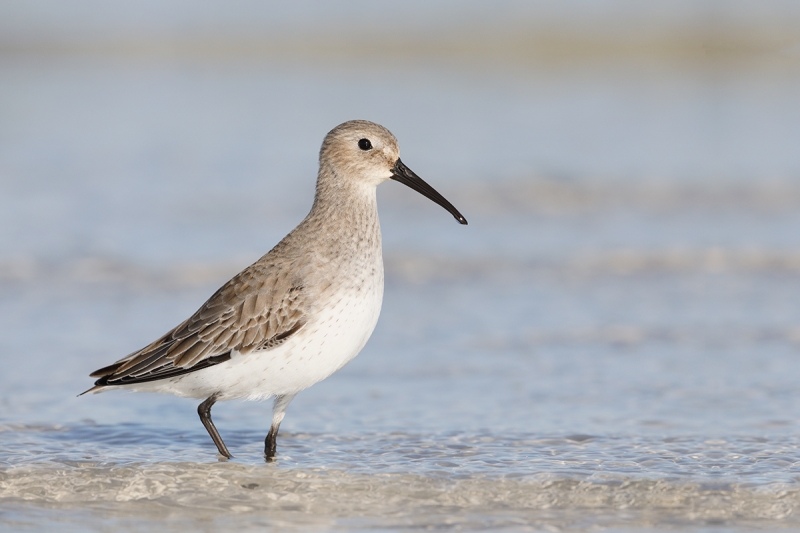
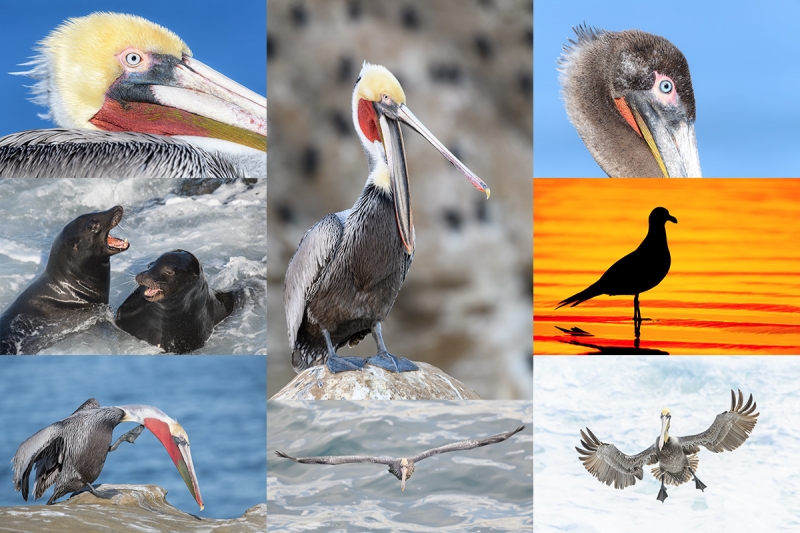
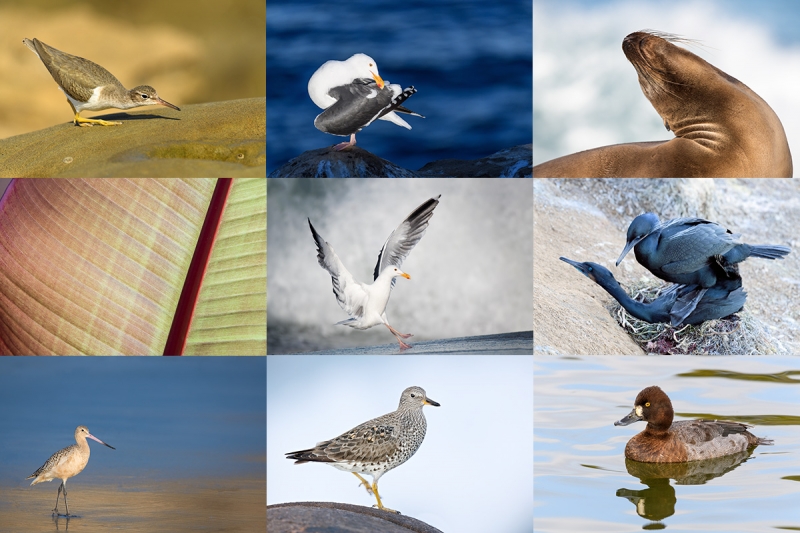


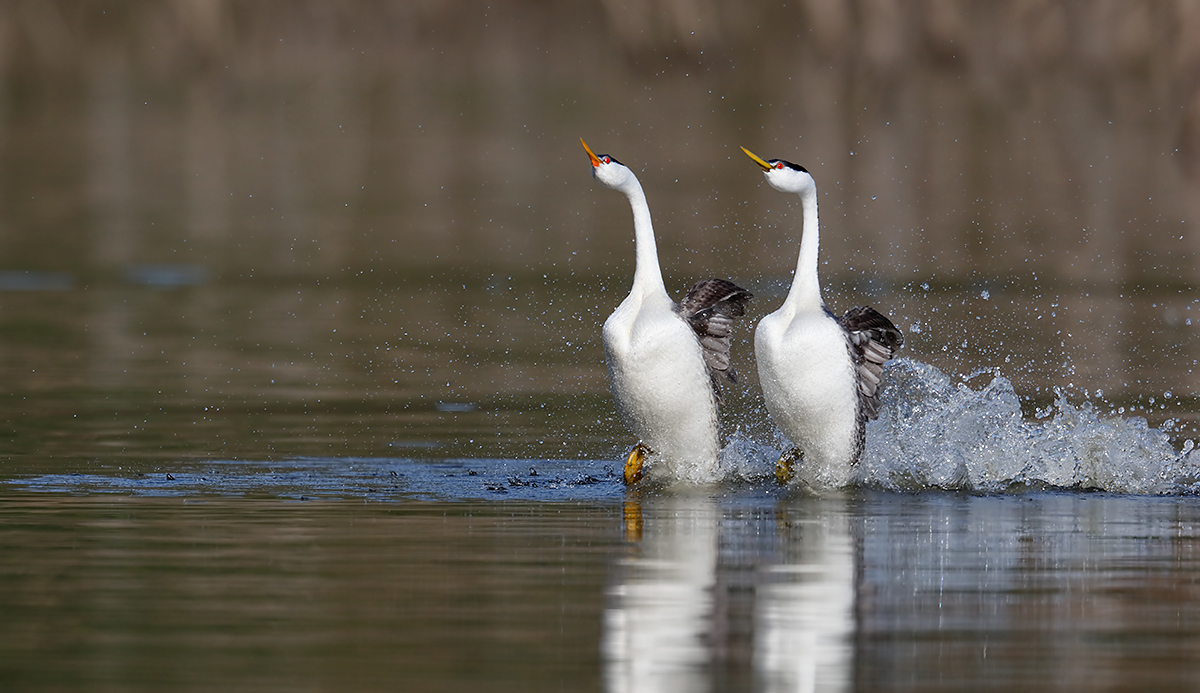













I think you’ll like the 1.7 and I look forward to reading your thoughts on it and seeing what you capture with it. To me, it has near the quality of the 1.4 and near the reach of the 2.0. I still use the 1.4 the most with my 500 f/4 but I basically retired my 2.0 when I finally purchased a 1.7 a couple of years ago.
Hey Arthur, The wording on #4 on the teleconverter strategies in the field seems off to me. On the aging quiz i am going with image #2 the bird doesn’t have as many of those rust colored feathers. Hope all is well.
Thanks John,
I left out the word “from.”
Does it make sense now?
with love, artie
#4: From Galapagos IPT veteran/engineer Paul Reinstein: always remove the teleconverter from the lens first to minimize the amount of time that the camera is open to the environment.
While that makes intuitive sense, Canon always recommends attaching the TC first to the lens and then the tc/lens assembly to the camera. I am not sure why this would be the case other than minimize the possibility of the camera being on and possibly causing some kind of short or current discharge while attaching the camera/tc to the lens?